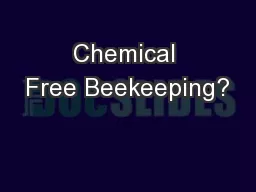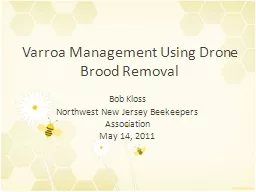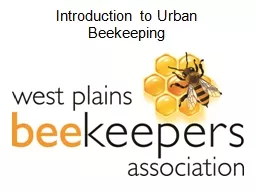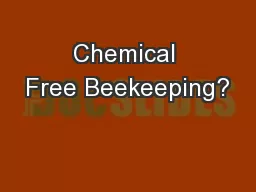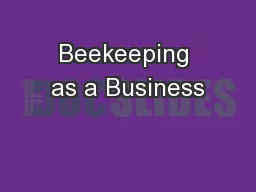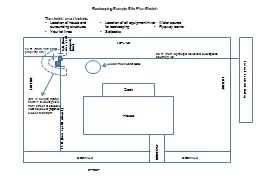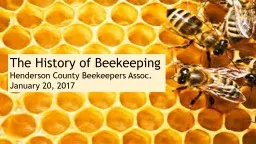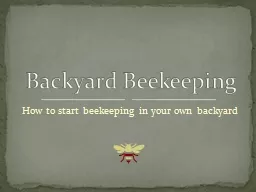PPT-Chemical Free Beekeeping?
Author : celsa-spraggs | Published Date : 2015-12-01
ExtensionResearch Apiculturist Department Biochemistry Molecular Biology Entomology amp Plant Pathology Mississippi State University MS 39762 Jeff Harris Mississippi
Presentation Embed Code
Download Presentation
Download Presentation The PPT/PDF document "Chemical Free Beekeeping?" is the property of its rightful owner. Permission is granted to download and print the materials on this website for personal, non-commercial use only, and to display it on your personal computer provided you do not modify the materials and that you retain all copyright notices contained in the materials. By downloading content from our website, you accept the terms of this agreement.
Chemical Free Beekeeping?: Transcript
Download Rules Of Document
"Chemical Free Beekeeping?"The content belongs to its owner. You may download and print it for personal use, without modification, and keep all copyright notices. By downloading, you agree to these terms.
Related Documents

